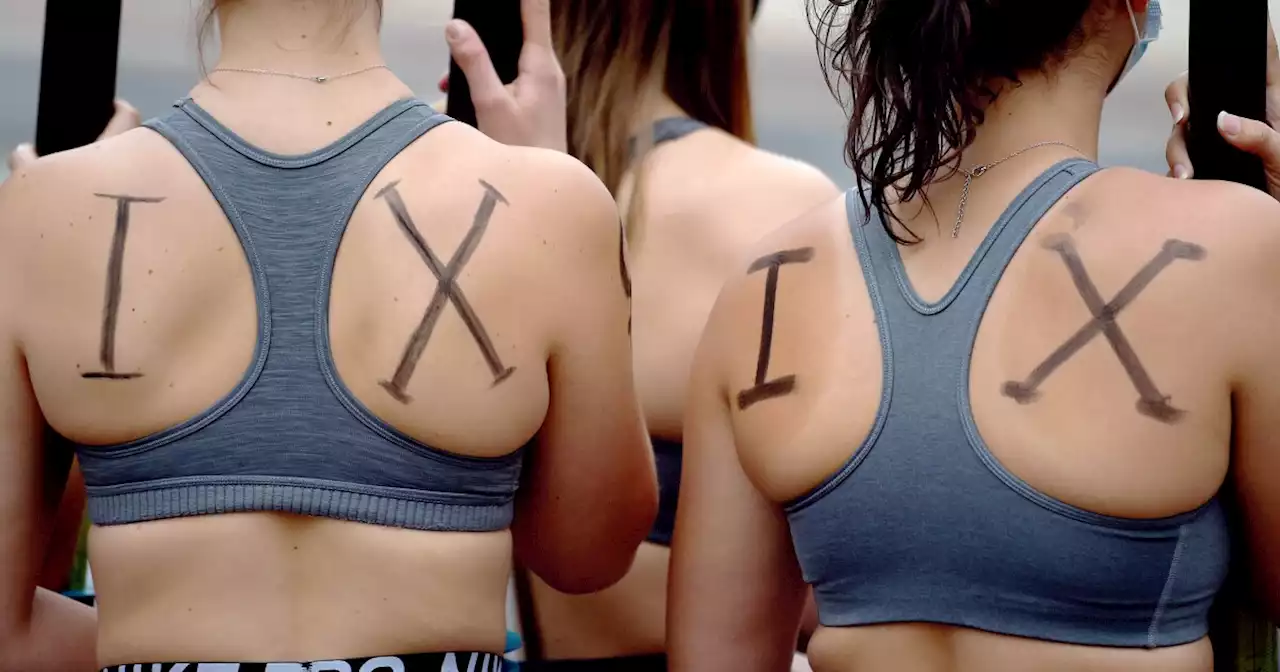Football and basketball players getting a bigger slice of pie could mean less for women
In the 50 years since the landmark law was passed, profound strides have been made in women and girls’ participation in sports, which requires athletic departments playing football at the highest level to offer a minimum of 16 sports — six of which must be men’s and eight women’s — plus allocate at least 200 full scholarships or spend $4 million on them. Lower-level Div. I schools must field at least 14 teams.
It’s a prospect women’s sports advocates, curiously, don’t seem troubled by, either out of ignorance, denial or an entitlement from decades of legislated gender equity. But it’s a storm many college athletic administrators see looming on the horizon, privately worrying about their ability to offer the same opportunities for women.The next thing to understand is that women’s sports, with few exceptions, lose money at the intercollegiate level. Lots and lots of it.
It worked well for years, even decades, despite violating the basic premise of a market economy. Or at least until the other driving force of capitalism — greed — entered the equation, and football and men’s basketball players began demanding a bigger slice of pie they are largely baking. And if you start paying salaries to college athletes? That’s even more water from the well that irrigates women’s sports.
